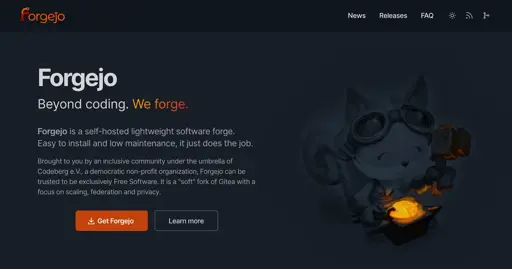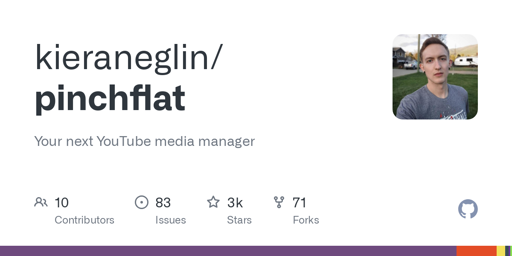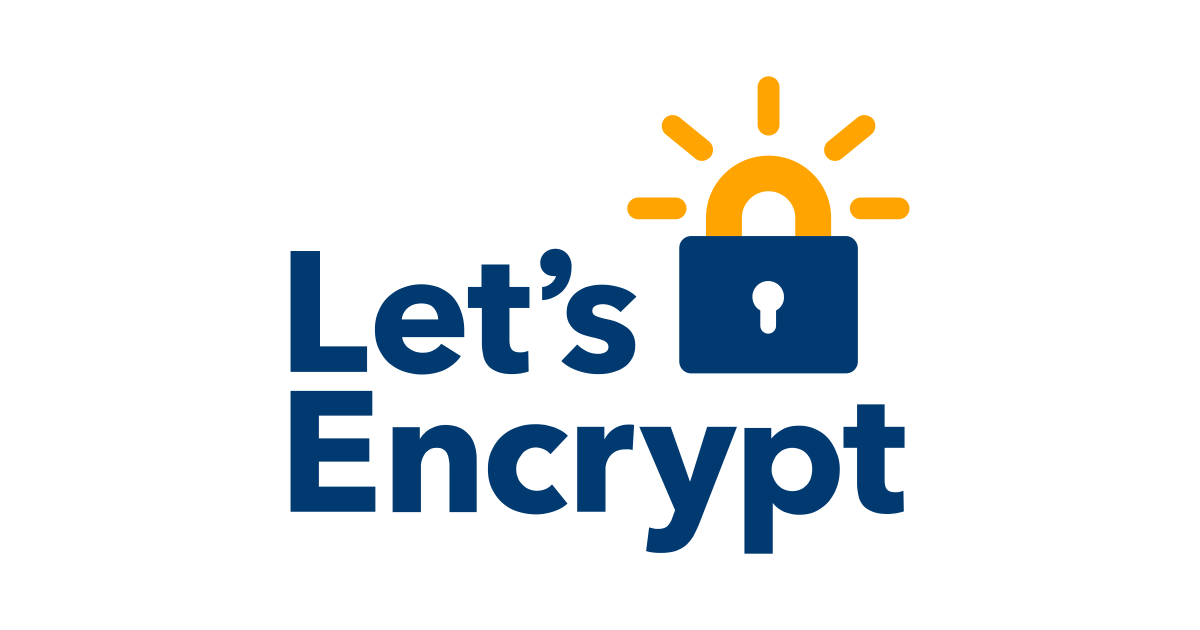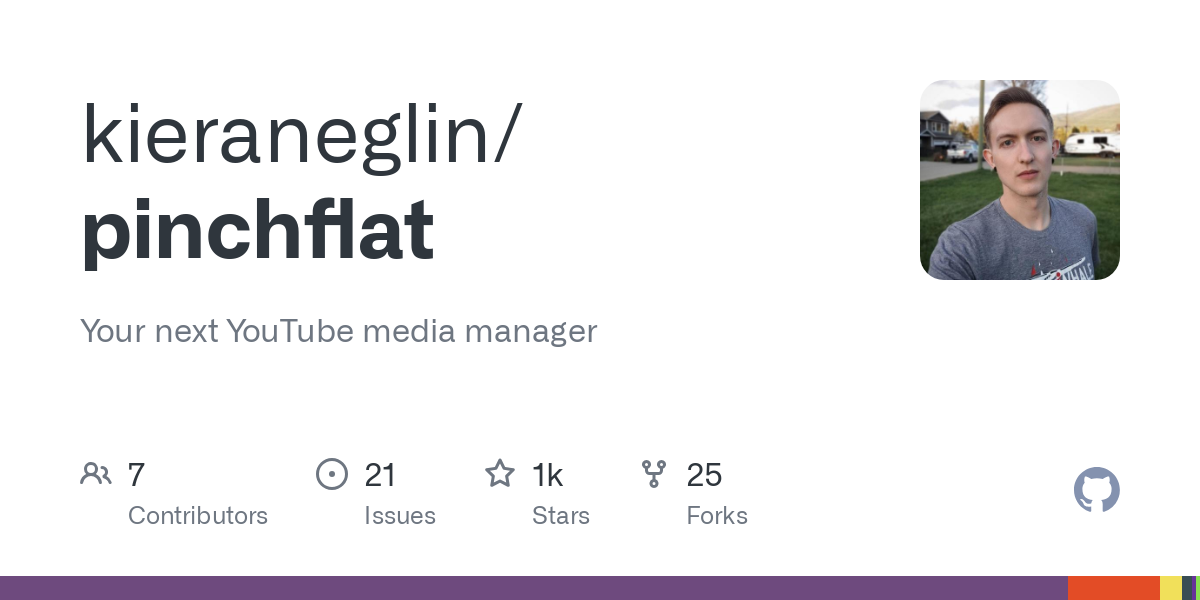

I don’t see this phenomenon. Maybe people suggest those things to use because frankly, they’re a very fundamental part of the self-hosting landscape, and you’re see it as “you must use these”. Use whatever the hell you want and pay the price for doing it the hard way, by all means. But saying people are gatekeeping isn’t the way I see this community.







I have to start to learn how to automatically create notes. I’m starting to forget how my systems work together, too. Fortunately when I research something I do it the same way every time so I come up with the same result, then go to implement it and find all the scripts etc that I forgot about that do that job.
I hate the “Microsoft Recall” idea, but damn, I need something like that with an AI to keep it indexed and searchable as it relates to my activities. All self-hosted, of course.